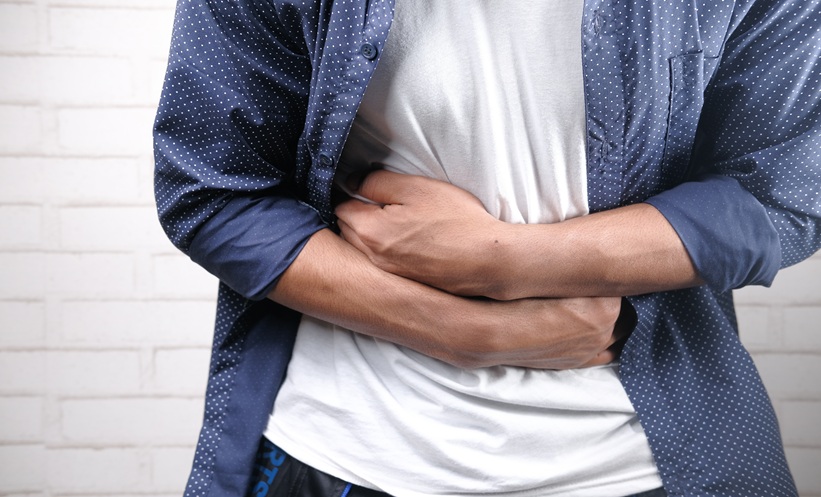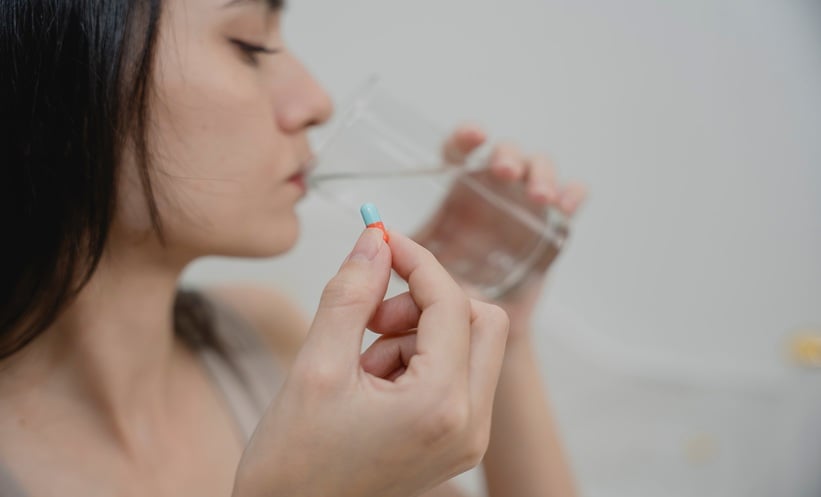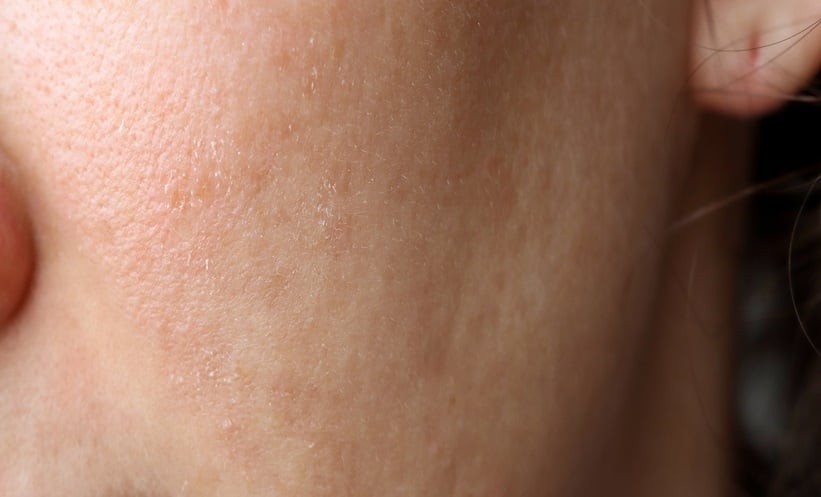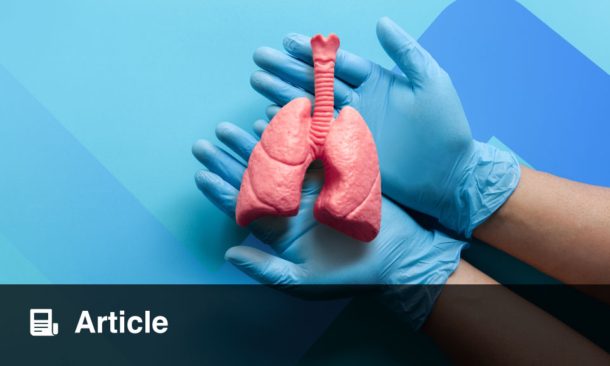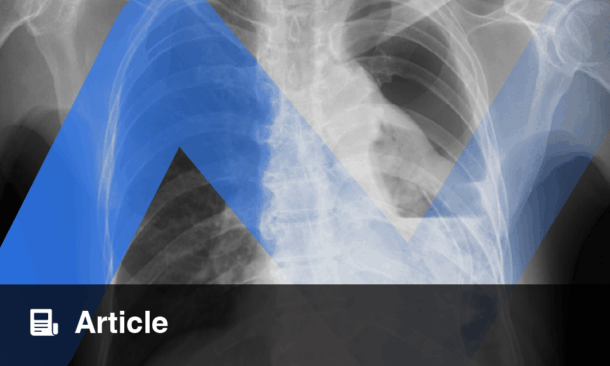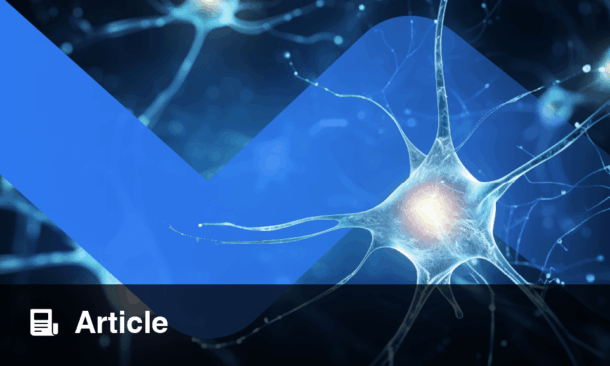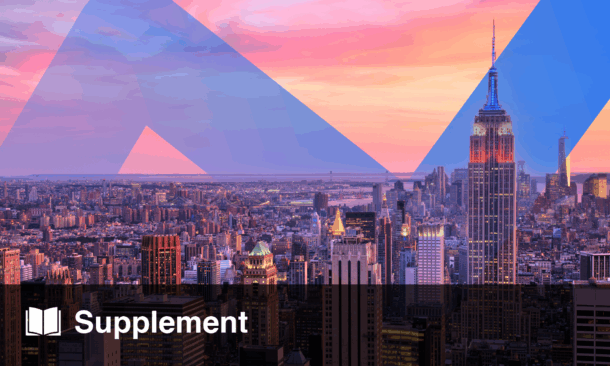IN a large retrospective study, percutaneous balloon dilation was found to have a statistically significant advantage over open reconstructive surgery for treating high-grade benign biliary strictures, especially those classified as Bismuth-Strasberg type E4 and E5, which are known for technical complexity and recurrence risk.
Conducted over a 10-year period at the A.V. Vishnevsky Surgical Center, this analysis evaluated outcomes in 193 patients with various levels of bile duct strictures. Open reconstructive surgery was performed in 123 patients, while 70 underwent percutaneous endobiliary interventions. Long-term follow-up data were available for 99% of the cohort, with an average follow-up of nearly 5 years post-surgery and three years after percutaneous treatment.
The study measured success using the Terblanche classification system. Results showed that excellent and good outcomes were achieved in 35% of patients after open surgical procedures, compared to only 13% after percutaneous interventions. While these figures may appear to favor surgery, the authors noted that, when stratified by stricture type, percutaneous balloon dilation yielded better outcomes in the most severe (type E4/E5) cases, with significantly lower complication and recurrence rates.
The findings challenge the longstanding preference for open reconstruction in complex biliary strictures and suggest that minimally invasive techniques may offer durable benefits for certain patient subsets. As management of benign biliary strictures continues to evolve, this study provides valuable data to inform clinical decision-making.
Surgeons and interventional radiologists may consider stratifying patients by stricture type and severity before committing to open procedures, particularly in light of the risks posed by hepatoduodenal ligament involvement and the associated scarring.
Reference:
Trifonov S et al. Reconstructive surgery and percutaneous balloon dilation for the treatment of benign biliary strictures: A retrospective study. World J Hepatol. 2025;17(5):104646.

